

Published in the United States of America
by Cherry Lake Publishing
Ann Arbor, Michigan
www.cherrylakepublishing.com
Printed in the United States of America
Corporate Graphics Inc
September 2011
CLFA09
Consultants: Peter Barnes, assistant scientist, University of Florida; Gail Saunders-Smith, associate professor of literacy, Beeghly College of Education, Youngstown State University
Editorial direction:
Lisa Owings
Book design and illustration:
Kazuko Collins
Photo credits: Rafa Irusta/Fotolia, cover, 1; Steven King/AP Images, 5; Shutterstock Images, 7; Igor Profe/Fotolia, 9; Stephen Sweet/Fotolia, 11; Diane Bondareff/AP Images, 14; Fotolia, 17, 24; Zacarias Pereira da Mata/Shutterstock Images, 18; Lynn Schommer/Bigstock, 21; Daniel Korzeniewski/Shutterstock Images, 27
Copyright 2012 by Cherry Lake Publishing
All rights reserved. No part of this book may be reproduced or utilized in any form or by any means without written permission from the publisher.
Library of Congress Cataloging-in-Publication Data
Zuchora-Walske, Christine.
Science lab. The transfer of energy / by Christine Zuchora-Walske.
p. cm. (Language arts explorer. Science lab)
Includes index.
ISBN 978-1-61080-209-3 ISBN 978-1-61080-298-7 (pbk.)
1. Energy transferJuvenile literature. I. Title. II. Title: Transfer of energy.
QC73.8.E53Z83 2011
531.6dc23
2011015134
Cherry Lake Publishing would like to acknowledge the work of The Partnership for 21st Century Skills. Please visit www.21stCenturySkills.org for more information.
TABLE OF CONTENTS
You are being given a mission. The facts in What You Know will help you accomplish it. Remember the clues from What You Know while you are reading the story. The clues and the story will help you answer the questions at the end of the book. Have fun on this adventure!
YOUR MISSION
Energy exists in everything. It moves through the universe constantly, often changing form along the way. This movement is called energy transfer. Your mission is to investigate how energy transfer happens. What is energy, and how do scientists study it? What are its many forms, and how does it change from one form to another? What kinds of experiments help us understand what energy can do? Read the facts in What You Know and begin your mission to explore the process of energy transfer.
WHAT YOU KNOW
 Energy exists in all matter. Matter is any physical substance.
Energy exists in all matter. Matter is any physical substance.
 Energy is the ability to change matter or do work. Work is done when a force moves an object.
Energy is the ability to change matter or do work. Work is done when a force moves an object.
 Matter in motion has kinetic energy . Potential energy is the energy matter has because of its position or how its parts are arranged.
Matter in motion has kinetic energy . Potential energy is the energy matter has because of its position or how its parts are arranged.

 Energy cannot be created or destroyed. It can only change form or location. This change is called energy transfer.
Energy cannot be created or destroyed. It can only change form or location. This change is called energy transfer.
 Every interaction between things transfers energy.
Every interaction between things transfers energy.
Anna Patel is attending Energy Camp at her local science museum. She and her fellow campers investigate what energy is, how it changes, and what it can do. Carry out your mission by reading her journal.
Today was my first day at camp. Our leader is ReynaldoRey for short. Rey said when hes not leading Energy Camp, hes an engineer for a wind power company. He helps design and build wind turbines like those big windmills we see when we drive out in the country. First we introduced ourselves and toured the museum. Then we went outside.
Kinetic Energy
Rey asked us to sit quietly on the lawn and observe our surroundings. He said observing is studying carefully. What moving things do you notice? he asked.
Here are some of the things I noticed:
- I saw Tony, the boy next to me, scratch his ear.
- I felt the wind blowing my hair into my face.
- I saw a lady jogging while pushing a baby in a stroller.
- I felt a mosquito bite my ankle.
After a few minutes, Rey said, Think about the motion you noticed. What did it accomplish?
I was confused at first. I thought about Reys question some more. Heres what I realized:

- Tonys scratching fingers wiggled his ear and made red marks on his skin.
- The blowing wind moved my hair from the side of my face to the front.
- The ladys jogging legs pushed her body, her stroller, and her baby forward.
- The mosquitos biting mouth made a tiny hole in my skin.
I spoke up: Each moving thing did some kind of work. It moved another thing, or it made some other kind of change.
Aha! said Rey. Energy is the ability to change matter or do work. So if motion can move or change things, then motion is a kind of energy. Its called kinetic energy.
Potential Energy
There are two main kinds of energy, Rey went on. Kinetic energy is one. Potential energy is the other. Potential energy is the energy matter has because of its position or how its parts are arranged.
I had no idea what Rey meant by that. I was glad when he suggested some activities to help us understand potential energy. Heres what I tried:
 I stretched a rubber band and aimed it at a nearby tree. Then I let go. The rubber band went flying. Rey said rubber is elasticit tries to keep its normal shape. Stretching the rubber band gave it elastic potential energy. Letting go released that energy.
I stretched a rubber band and aimed it at a nearby tree. Then I let go. The rubber band went flying. Rey said rubber is elasticit tries to keep its normal shape. Stretching the rubber band gave it elastic potential energy. Letting go released that energy.
ROLLER COASTERS
Roller coasters are powered by a combination of potential and kinetic energy. As a roller coaster climbs each hill, its potential energy builds. The potential energy turns into kinetic energy as gravity pulls the coaster down the steep drops. By switching from potential to kinetic energy and back again, roller coasters have enough energy to keep you screaming until the end of the ride.

 I picked up a rock with my hand. Then I let go, and the rock fell to the ground. Rey explained that Earths gravity pulled it down. Gravity is a force that causes every object to pull on every other object. Lifting the rock gave it gravitational potential energy. Letting go released that energy.
I picked up a rock with my hand. Then I let go, and the rock fell to the ground. Rey explained that Earths gravity pulled it down. Gravity is a force that causes every object to pull on every other object. Lifting the rock gave it gravitational potential energy. Letting go released that energy.


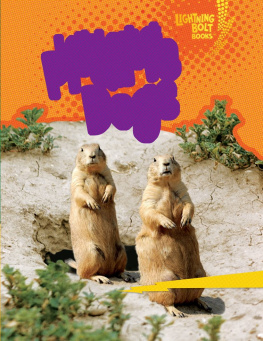
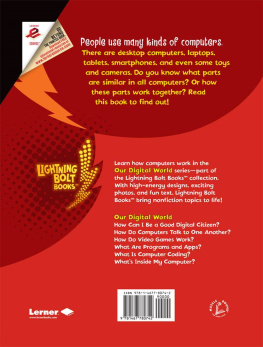
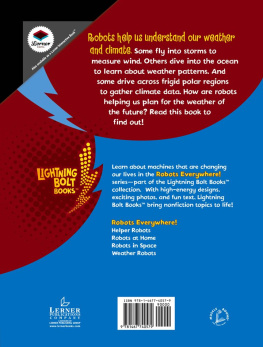


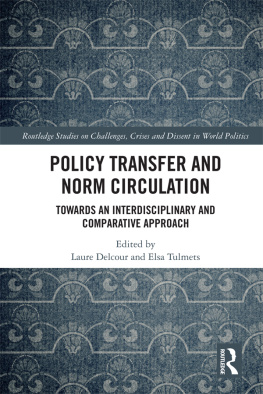
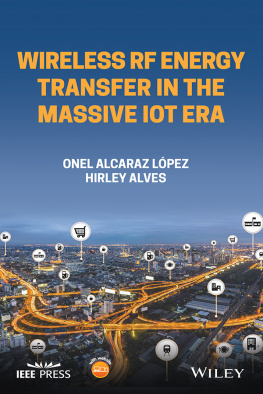
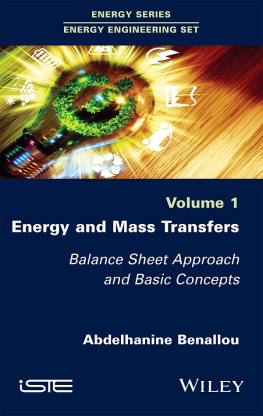
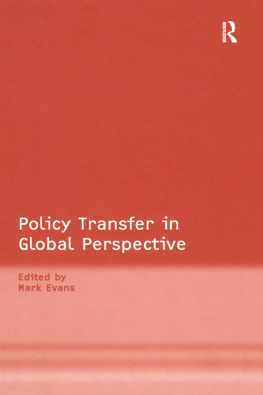
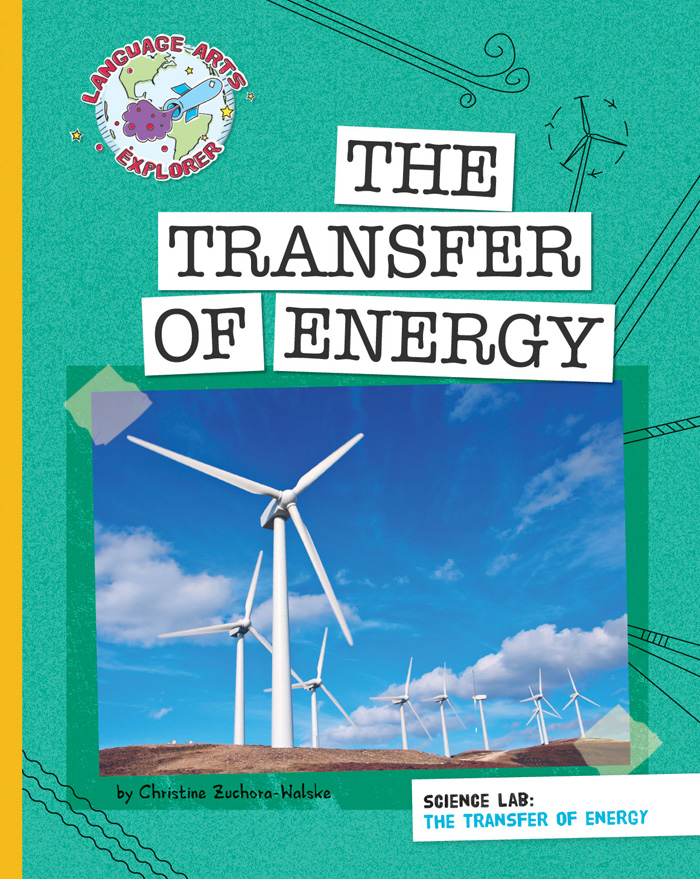


 Energy exists in all matter. Matter is any physical substance.
Energy exists in all matter. Matter is any physical substance.

